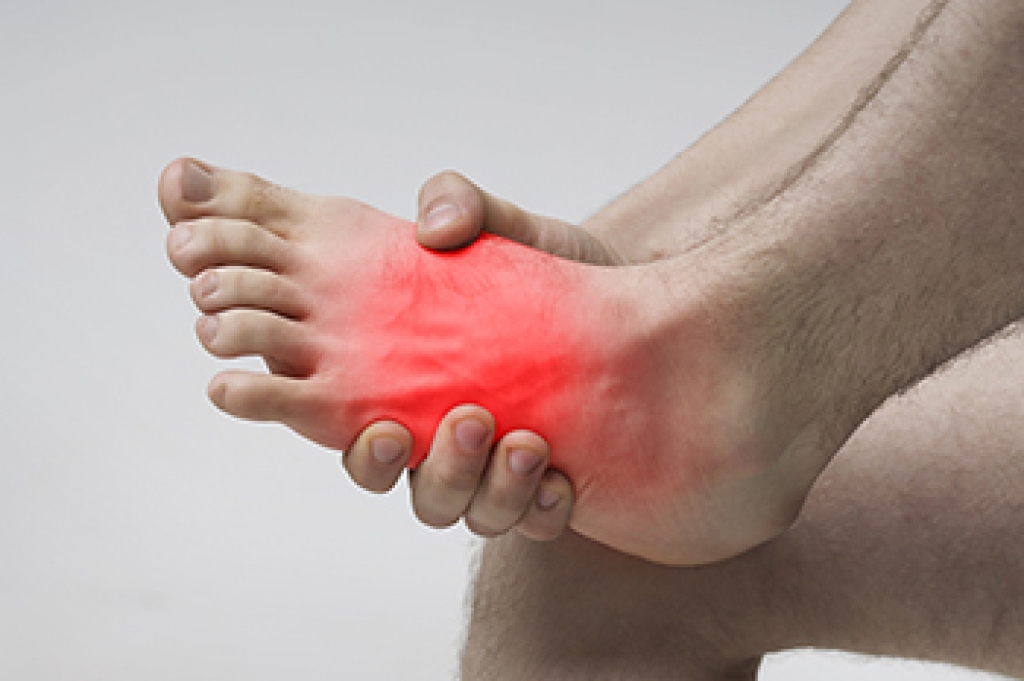
Stress fractures are tiny cracks in bones that develop from repetitive force or overuse, making them a common issue among runners and athletes. They often occur in the weight-bearing bones of the foot where repeated impact can exceed the bone’s ability to repair itself. Symptoms include localized pain that worsens with activity, swelling, tenderness, and difficulty walking. Risk factors include sudden increases in training intensity, wearing improper footwear, poor running mechanics, or low bone density. A podiatrist can evaluate the injury through a physical examination and imaging tests, suggest supportive footwear or custom orthotics, and recommend activity modifications. If you enjoy running and have developed consistent foot pain, it is suggested that you promptly consult a podiatrist who can offer relief, treatment, and prevention tips for foot and ankle injuries.
Activities where too much pressure is put on the feet can cause stress fractures. To learn more, contact one of our podiatrists from Brondon Foot and Ankle. Our doctors can provide the care you need to keep your pain free and on your feet.
Dealing with Stress Fractures of the Foot and Ankle
Stress fractures occur in the foot and ankle when muscles in these areas weaken from too much or too little use. The feet and ankles then lose support when walking or running from the impact of the ground. Since there is no protection, the bones receive the full impact of each step. Stress on the feet can cause cracks to form in the bones, thus creating stress fractures.
What Are Stress Fractures?
Stress fractures occur frequently in individuals whose daily activities cause great impact on the feet and ankles. Stress factors are most common among:
- Runners
- People affected with Osteoporosis
- Tennis or basketball players
- Gymnasts
- High impact workouts
Symptoms
Pain from the fractures occur in the area of the fractures and can be constant or intermittent. It will often cause sharp or dull pain with swelling and tenderness. Engaging in any kind of activity which involves high impact will aggravate pain.
If you have any questions please contact our office located in Centerville, OH . We offer the newest diagnostic and treatment technologies for all your foot and ankle needs.




